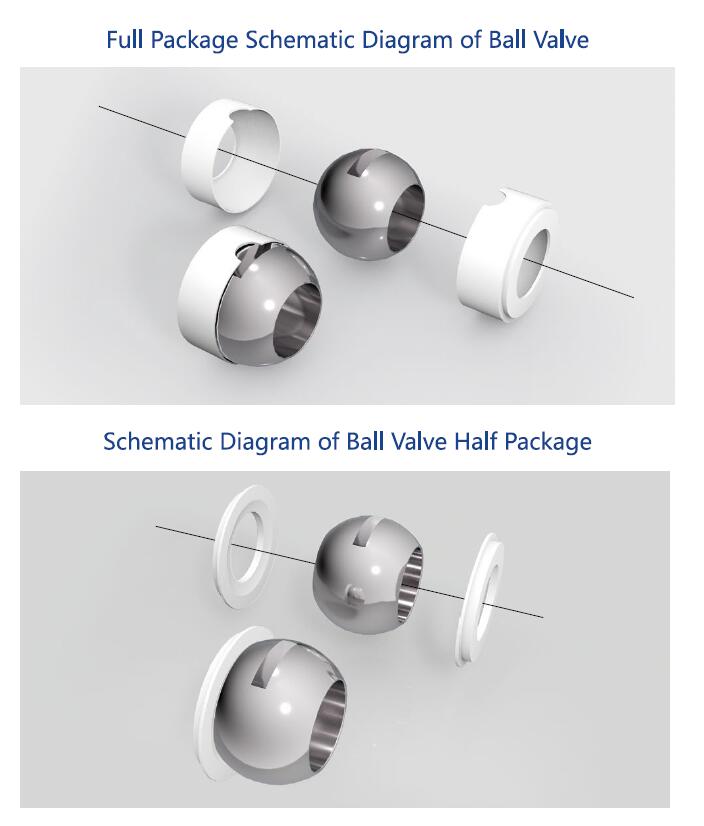In industrial fluid control, three-piece ball valves are a common and essential valve type. They are primarily used for regulating and stopping fluid flow, but the choice between full-encapsulated and half-encapsulated ball valves can significantly affect performance and application. This article will explore the characteristics of these two types of ball valves to help you make an informed decision.
1. Full-Encapsulated Three-Piece Ball Valve
Definition and Structure: The full-encapsulated three-piece ball valve consists of three main parts: two valve bodies and a central ball. The full-encapsulated design offers higher strength and sealing performance.
Advantages:
- Excellent Sealing Performance: The full-encapsulation provides better sealing, suitable for high-pressure and high-temperature environments.
- Corrosion Resistance: The choice of materials and design makes it suitable for corrosive fluids.
- Ease of Maintenance: The three-piece design allows for easy disassembly and maintenance without needing to dismantle the entire piping system.
Applicable Scenarios: Full-encapsulated three-piece ball valves are commonly used in the chemical, petroleum, and natural gas industries, especially in applications requiring high sealing performance and corrosion resistance.
2. Half-Encapsulated Three-Piece Ball Valve
Definition and Structure: The half-encapsulated three-piece ball valve consists of three parts, with two valve bodies featuring a half-enclosed design. This design can reduce material usage and costs in certain situations.
Advantages:
- Cost-Effective: The half-encapsulated design is typically more economical in terms of costs and material usage.
- Lightweight: Compared to full-encapsulated valves, half-encapsulated valves are lighter, suitable for applications with weight considerations.
- Good Fluid Passage: The half-encapsulated design can provide a larger fluid passage, making it suitable for high-flow applications.
Applicable Scenarios: Half-encapsulated three-piece ball valves are suitable for general industrial fluid control applications, such as water treatment and HVAC systems.
3. Selection Guide
When choosing between full-encapsulated and half-encapsulated three-piece ball valves, consider the following factors:
- Operating Environment: If the working environment requires high pressure or high temperature, a full-encapsulated valve is recommended.
- Fluid Properties: For corrosive or leak-prone fluids, the sealing performance of full-encapsulated valves is superior.
- Budget Constraints: If cost is a major consideration, half-encapsulated valves may be more appropriate.
- Maintenance Needs: Consider the frequency and ease of valve maintenance when choosing a design that allows for easy disassembly.
4. Conclusion
Both full-encapsulated and half-encapsulated three-piece ball valves have their advantages and disadvantages, and the choice should be based on specific application needs. We hope this article provides useful insights to help you select the most suitable valve for your fluid control system. Regardless of the type chosen, ensuring its quality and performance meets industry standards is essential for the safe and stable operation of the system.









